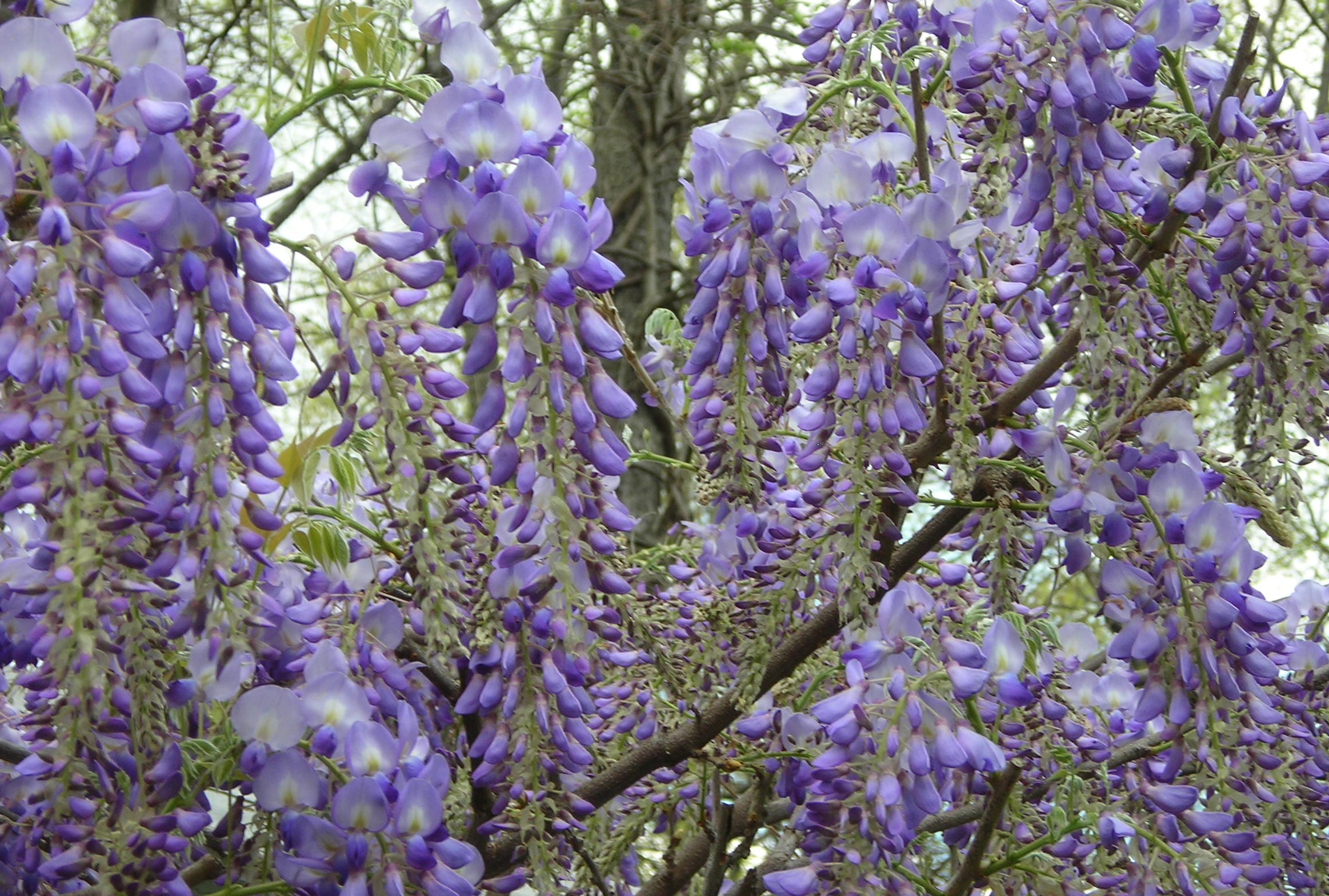Good morning!
We have a beautiful Sunday morning with fresh green and beautiful flowers. It is like March, April, and May coming all at once with unseasonable flowers blossoming – azaleas, peonies, wisteria, lilies of the valley, irises…
The early morning birds’ singing has faded away into more car and airplane sounds; plum, peach, cherry, magnolia flowers have fallen away now with dandelions, violets, and honeysuckle thriving.
Dogen said, “Flowers fall in lamentation; weeds thrive in detestation.” Daffodils multiply, but grass and mint also invade and mix with them. So, we need to uproot and eradicate them to clear our flower beds.
Unless we seed or transplant flowers and trees, they don’t bloom and bear fruit. Unless we water them and weed unwanted invaders, we cannot enjoy beautiful flowers and bountiful fruits. Some thrive and some dwindle and die.
The Buddha taught the fourfold primary practice or application (Pali: padhâna, Sanskrit: pradhâna): decreasing present bad karmas, stopping them, starting new good karmas, and increasing them.
The three dharma marks (Pali: ti-lakkhana, Skt.: tri-lakshana) or characteristics of all phenomena are impermanence, suffering, and selflessness, from the Dharma of all dharmas (law of all phenomena) of dependent origination.
The four dharma marks are made up of the three marks plus nirvana, which is very unique to Buddhism. Only when we sit completely and stop karmas, can we witness it, with the awakening of the three dharma marks.
In the ordinary or conventional world, we start from our karma and stay with the delusion of a separate self, a craving for pleasure and permanence, and anger at suffering and impermanence (loss or parting) – the three poisons.
In this century our population has increased almost five times. If we want more comfort and convenience with constant growth, the global life system won’t be able to sustain us, with the global problematique of global warming, mass extinction, etc.
At our center we have the triple pillar of the awakened way, global ethic, and voluntary simplicity. We must be truly awakened in total truth and pure peace to live in simplicity and the global ethic as the Buddha actually lived.
4/1/12
Note:
Padhâna (勤: exertion) means “total application or devotion of oneself to this practice. Pahâna (断:elimination) is a mis-Sanskritization of the Pali padhâna, because “elimination” applies only to bad karmas and not good karmas as above mentioned.

